Many mediums have recently been professing the importance of a forefoot or midfoot strike, as opposed to a heel strike when running, but putting emphasis on what part of the foot connects with the ground rather than on proper foot placement has many runners running into problems. Yes, it is true that a natural efficient gait will cause the ball of a runners foot (near the little toe) to come in contact with the ground first followed by the heel settling to the ground before lift off for the next stride, but what part of the foot touches the ground first is a symptom of foot placement. To simplify, remember these two concepts:
- If the foot lands in front of the center of mass the runner is likely to heel strike.
- If the foot lands directly beneath the center of mass the runner is likely to land mid foot or forefoot.
Where is my center of mass?
The best way to explore your center of mass is to stand erect. When standing erect all mass should be centered directly over the feet. While in this position of having the feet directly beneath the center of mass try marching in place. You will notice while you do this that as long as the feet are beneath the center of mass you will always land forefoot/midfoot. Try running in place and this will remain true.
Center of mass while running
The example above is only minimally useful because most of us do not want to stay in the same place while running. This is where shifting your center of mass comes in.
If you were to again stand erect and this time lean slightly forward at the ankles you are likely to fall forward. This small change in your center of mass caused gravity to pull the body forward. This gravitational pull is the energy that a runner should be taking advantage of while running. To prevent gravity from pulling you all the way to the ground you now place the foot beneath the center of mass. Do this repeatedly and you are now running.
As long as the center of mass is shifted slightly forward gravity will continue to pull the body forward. placing a foot beneath the center of mass as the body moves forward will keep the force moving forward rather than letting the body fall to the ground.
Change the focus to foot placement rather than foot strike
To often I encounter runners that try to transition to a forefoot strike by pointing their toes, but still placing the foot in front of the center of mass. This is likely to eventually lead to problems and or discouragement. The real focus should be shortening the stride to ensure the foot lands beneath the hips (this is approximately where center of mass will be while running), doing this will automatically ensure a forefoot strike without the braking forces caused by landing the foot forward of the center of mass.
3 tips to help ensure proper foot placement
1. Run as if being pulled forward by a string coming from the center of your chest. This imagery of being pulled forward from the chest will help put your body in a position where the center of mass is slightly forward. This will allow gravity to propel you forward.
2. Increase cadence to 180 steps per minute. Increasing the cadence will shorten the stride as well as provide added energy from muscular rebound.
3. Ensure you have bounce. If the foot is landing beneath the center of mass you should be landing on the balls of your feet (or mid foot), when this happens you should have a slight sensation like jumping rope. To practice this, try jumping rope before you run. You will notice that there is a certain rate at which you can bounce making jumping rope easy, try going half that rate and you will notice jumping rope becoming much more difficult. If you can recognize this bounce while running you are likely landing your feet beneath your center of mass.
Was this helpful? Was this confusing? Let me know using the comment space below.
